Creating a bioactive vivarium for tropical snakes goes beyond simple pet keeping—it’s an art form that recreates a slice of nature within your home. These living ecosystems not only provide your serpentine companion with a more natural and stimulating environment but also require less maintenance than traditional enclosures. By incorporating live plants, beneficial microorganisms, and a carefully designed landscape, you’ll create a self-sustaining habitat that closely mimics your snake’s native environment. Whether you’re a seasoned herpetologist or a first-time snake owner, this comprehensive guide will walk you through designing a thriving bioactive setup that benefits both your tropical snake and the curious naturalist in you.
Understanding the Bioactive Concept
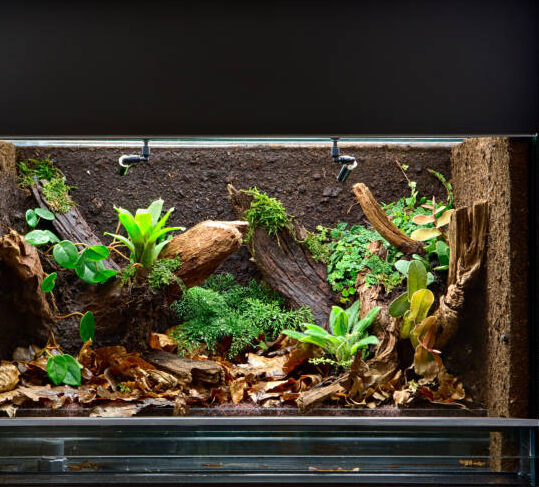
A bioactive vivarium is essentially a miniature ecosystem that largely maintains itself through natural biological processes. Unlike traditional snake enclosures that require frequent cleaning and substrate changes, bioactive setups employ a “cleanup crew” of beneficial insects, microbes, and fungi that break down waste and prevent harmful bacterial growth. This living substrate system converts your snake’s waste into nutrients for plants, completing a natural cycle reminiscent of wild habitats. The key difference from conventional vivariums lies in this self-sustaining aspect—while standard enclosures fight against nature’s processes, bioactive environments harness them. For tropical snake species that naturally inhabit rich, biodiverse environments, these setups provide both physical and psychological benefits that can contribute to better health, natural behaviors, and reduced stress levels.
Selecting the Right Enclosure
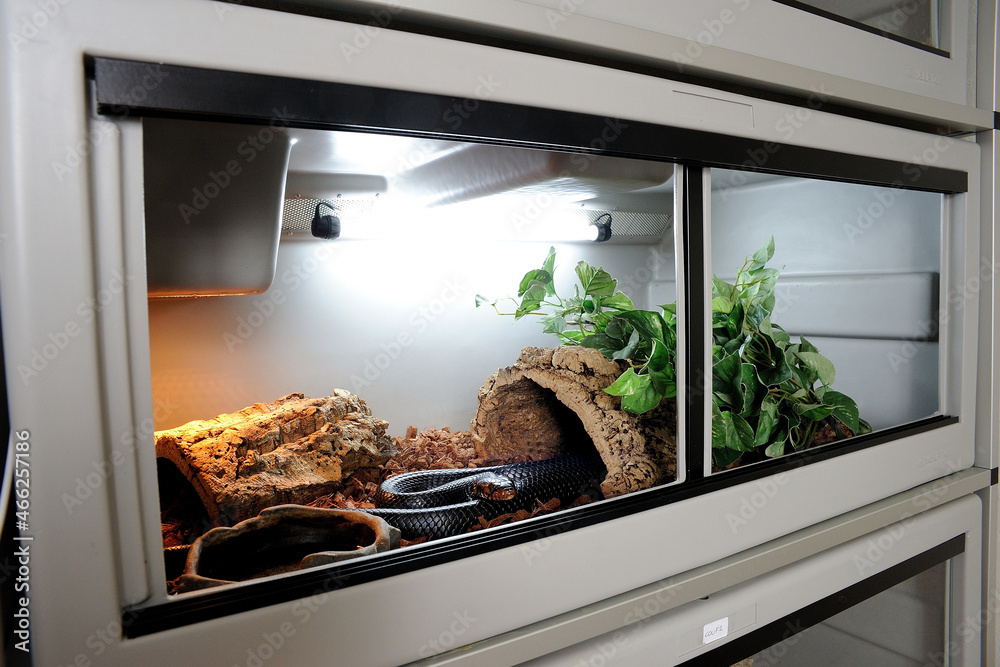
The foundation of any successful bioactive setup begins with choosing the appropriate enclosure. For tropical snakes, glass terrariums or PVC enclosures with front-opening doors are ideal choices as they retain humidity efficiently while providing excellent visibility. Size matters significantly—as a general rule, the vivarium should be at least as long as your snake, with sufficient height for climbing species like emerald tree boas or Amazon tree boas. Consider the adult size of your snake, not its current juvenile dimensions, to avoid outgrowing the habitat. Ventilation requires careful balance—too much airflow will reduce humidity, while insufficient ventilation promotes stagnant air and potential mold issues. Strategic mesh panels at the top or sides of the enclosure create the perfect balance, allowing airflow while maintaining tropical humidity levels.
Essential Equipment and Lighting
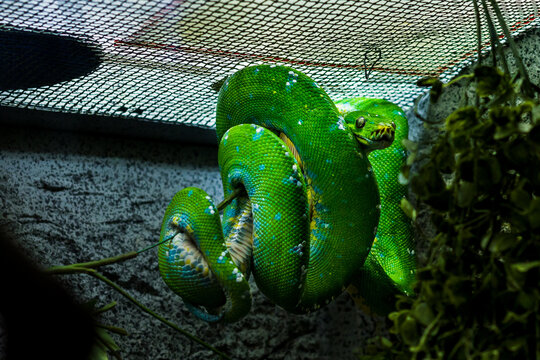
Proper equipment transforms your enclosure from a simple container into a functioning ecosystem. Heating options include under-tank heaters, radiant heat panels, or ceramic heat emitters—all of which should be connected to a reliable thermostat to prevent dangerous temperature fluctuations. Lighting requirements are twofold: UVB lighting provides essential benefits for both your snake and live plants, while a day/night light cycle maintains natural biological rhythms. For truly tropical species, consider specialized jungle dawn or rainforest LED systems that promote plant growth while simulating dappled sunlight through a forest canopy. Humidity control devices such as misting systems, foggers, or simple spray bottles help maintain the elevated moisture levels necessary for tropical species, typically between 60-80%, depending on the specific snake species. All electrical components should be placed carefully to prevent contact with water and secured against curious reptilian investigation.
Creating the Drainage Layer
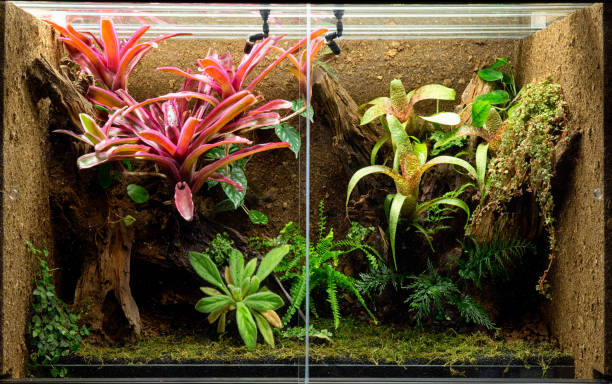
The foundation of your bioactive system begins with a proper drainage layer that prevents soil saturation and root rot. This layer typically consists of lightweight expanded clay pellets (LECA), hydroballs, or coarse aquarium gravel, creating a reservoir where excess water can collect away from the substrate. For most tropical snake vivariums, a drainage layer of 2-3 inches provides adequate water management without taking up excessive vertical space. Cover this layer with a fine mesh screen or landscape fabric to prevent substrate from washing down while allowing water to pass through. Some advanced keepers incorporate small drainage bulkheads or siphon tubes that allow excess water to be removed without disturbing the vivarium’s layers. This drainage system is particularly crucial for tropical species requiring high humidity, as it prevents the dangerous combination of soggy substrate and poor ventilation that can lead to scale rot and respiratory infections.
Selecting Appropriate Substrate Mixes
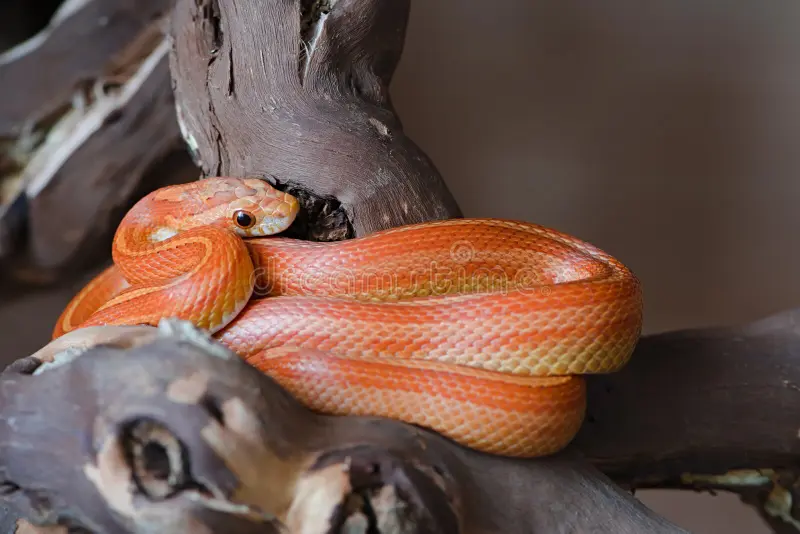
The substrate is the living heart of your bioactive system, hosting beneficial microorganisms and providing the medium for plant growth. A proper tropical snake substrate blend typically includes organic topsoil, coconut coir, orchid bark, charcoal, and sphagnum moss in varying ratios. This combination retains moisture while providing structure and preventing compaction that could inhibit biological activity. For species from particularly humid regions like rainbow boas or Amazon tree boas, increase the proportion of moisture-retaining elements like sphagnum moss. Conversely, for snakes from seasonally dry tropical forests, slightly higher proportions of bark will improve drainage. The substrate layer should be 3-5 inches deep, providing sufficient depth for plant roots and burrowing cleanup crew organisms. Avoid substrates containing fertilizers, pesticides, or artificial colors, as these chemicals can harm both your snake and the bioactive system’s delicate balance.
Introducing the Cleanup Crew
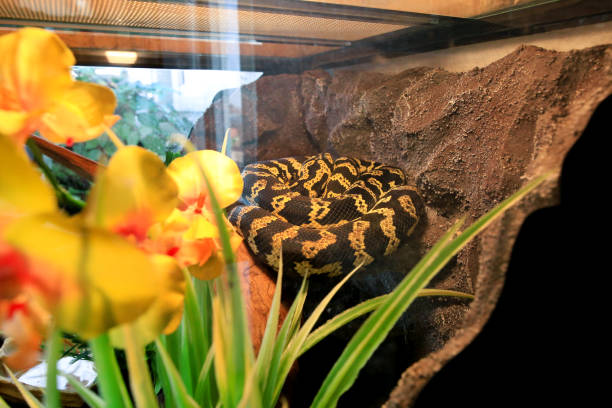
The cleanup crew serves as nature’s maintenance team, processing waste and preventing mold growth throughout your vivarium. For tropical snake setups, effective organisms include springtails, tropical woodlice (isopods), earthworms, and certain species of millipedes that thrive in warm, humid environments. These invertebrates work at different levels within the substrate—springtails target surface mold and fungi, isopods break down larger waste particles and shed skin, while earthworms aerate deeper substrate layers. When introducing cleanup crew species, begin with established colonies rather than small starter populations to quickly establish an effective waste management system. Create designated “cleanup crew stations” of partially buried cork bark or leaf litter piles where these beneficial organisms can reproduce safely away from your snake’s immediate hunting range. Regular inspection of the cleanup crew populations helps ensure they’re thriving and fulfilling their vital role in maintaining the vivarium’s biological balance.
Selecting Compatible Live Plants
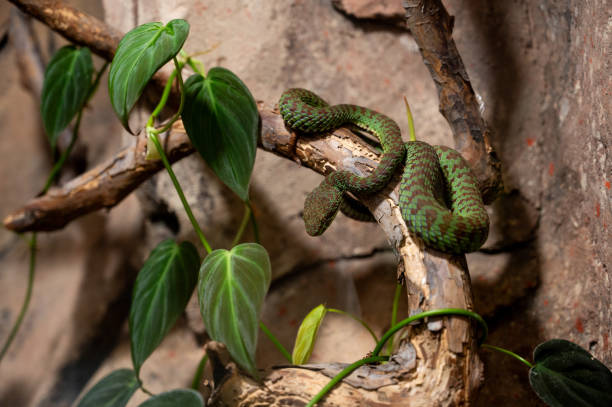
Plants transform a simple enclosure into a lush tropical paradise while providing humidity, natural shelter, and psychological benefits for your snake. Choose species native to your snake’s natural habitat when possible—bromeliads, philodendrons, pothos, bird’s nest ferns, and various tropical mosses thrive in the warm, humid conditions required by most tropical snakes. Consider your snake’s size and habits when selecting plants—arboreal species benefit from sturdy climbing plants, while terrestrial species need ground cover that withstands occasional crushing. Plant toxicity is a crucial consideration—avoid species with known toxins like dieffenbachia or certain varieties of ivy that could harm your snake if ingested. Position plants strategically to create natural hideaways, visual barriers, and climbing opportunities, remembering that strategic planting near water features or basking spots helps maintain localized humidity gradients that allow your snake to self-regulate.
Designing Naturalistic Hardscape
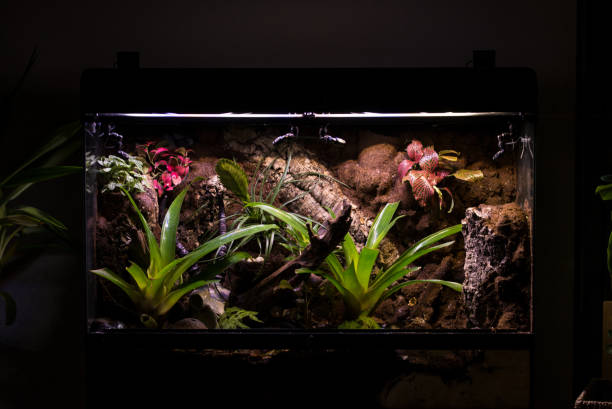
Hardscape elements provide structure, climbing opportunities, and hiding places that are essential for your snake’s security and environmental enrichment. Cork bark rounds and flats create excellent hide spots and climbing features while naturally resisting mold in humid conditions. Mopani, grape, and ghost wood offer attractive branching structures for arboreal species, though they should be securely anchored to prevent accidents if your snake is a substantial climber. Large, smooth river rocks can create basking platforms near heat sources and add aesthetic appeal, but must be placed on the vivarium floor or securely fixed to prevent dangerous falls. For burrowing species like rainbow boas, create deeper substrate areas with underground tunnels reinforced by half-buried cork tubes. When arranging these elements, consider creating multiple temperature and humidity gradients, allowing your snake to thermoregulate naturally by moving between microhabitats within the enclosure, mirroring how they would navigate environmental variations in the wild.
Water Features and Humidity Management
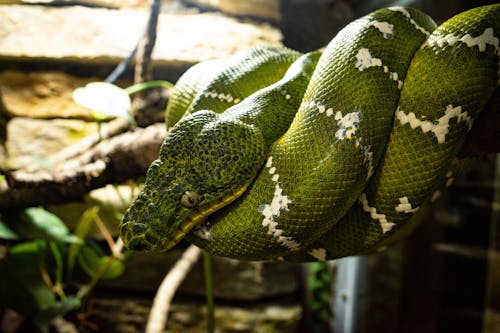
Water features serve dual purposes in tropical snake vivariums—providing drinking sources and boosting ambient humidity through evaporation. Simple options include large, shallow water dishes embedded into the substrate, while more advanced setups might incorporate small recirculating waterfalls or streams using aquarium pumps. Whatever style you choose, ensure the water area has gradually sloping sides to prevent drowning risks and is large enough for your snake to partially submerge for soaking. Humidity management extends beyond water features to include strategic misting—automated misting systems with programmable timers create regular humidity cycles that mimic tropical rain patterns. Manual misting should target plant leaves and hardscape elements rather than saturating the substrate directly. Monitor humidity levels using digital hygrometers placed at different heights within the enclosure, aiming for consistency appropriate to your specific snake species—generally 70-90% for true rainforest dwellers like emerald tree boas, or 60-75% for snakes from more seasonal tropical forests.
Species-Specific Considerations
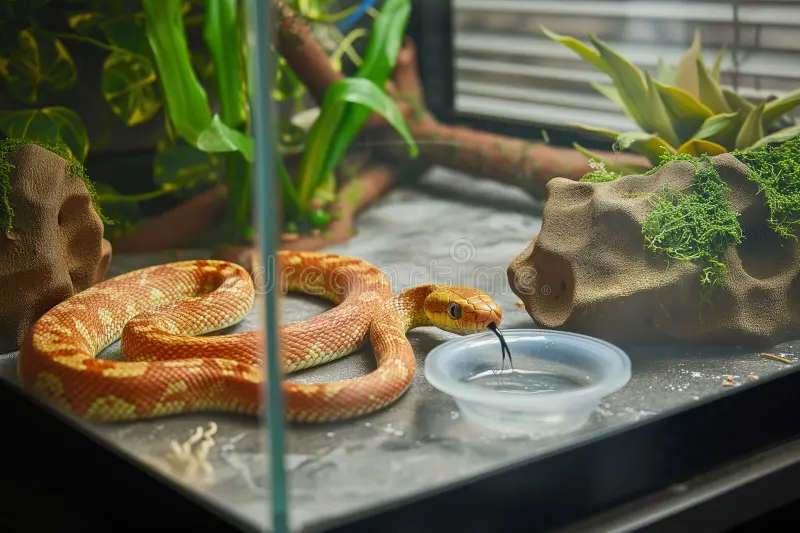
Different tropical snake species have evolved for specific niches within their natural habitats, requiring thoughtful modifications to your basic bioactive design. Arboreal species like Amazon tree boas (Corallus hortulanus) need vertically-oriented enclosures with abundant, secure climbing branches, elevated hide spots, and plants that create leafy canopies for security. Semi-arboreal species such as Brazilian rainbow boas (Epicrates cenchria) benefit from a combination of climbing opportunities and sufficient ground space with multiple hide options at various heights. Terrestrial tropical species like blood pythons (Python brongersmai) require more floor space than height, with multiple ground-level hides and slightly lower humidity levels than their rainforest counterparts. Research your specific species’ microhabitat preferences rather than general tropical requirements—for instance, even within the same forest, one species might prefer forest edges while another seeks denser undergrowth. These nuanced details should inform your plant selection, hardscape arrangement, and the creation of appropriate microclimates within your vivarium.
Establishing and Cycling the System
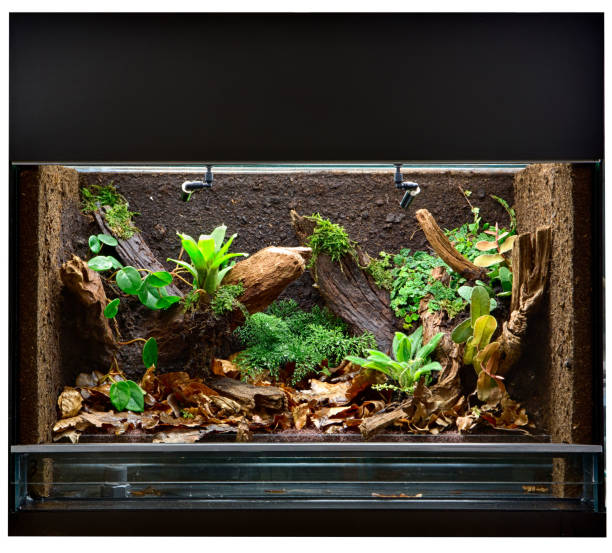
Before introducing your snake, the bioactive system needs time to establish its biological processes—a period known as “cycling.” After completing the vivarium construction, allow at least 4-6 weeks for plants to root and for cleanup crews to establish sustainable populations. During this period, maintain appropriate temperature and humidity levels, misting regularly to encourage plant growth and microbial establishment. Add small amounts of organic matter like leaf litter or chemical-free reptile waste from another enclosure to “seed” the system with beneficial decomposers. Monitor for unwanted fungal outbreaks or pest insects, which can indicate imbalances in the developing ecosystem. The cycling period may reveal areas needing adjustment—perhaps certain plants failing to thrive or particular areas remaining too dry or wet—allowing you to make corrections before introducing your snake. Patience during this establishment phase pays dividends in long-term stability, creating a truly self-sustaining system that will require minimal intervention once your snake takes residence.
Maintenance and Monitoring
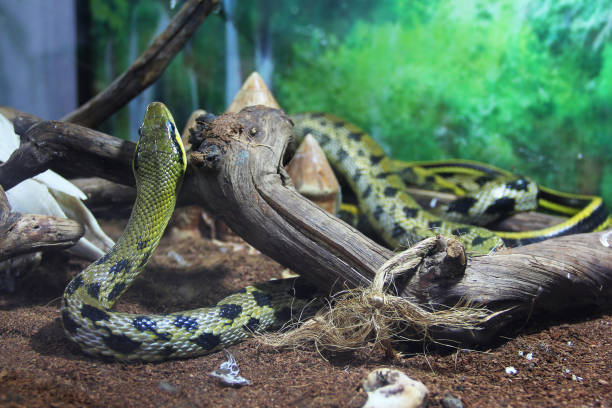
Despite their self-sustaining nature, bioactive vivariums require regular observation and occasional maintenance to remain healthy. Perform daily visual inspections to check plant health, humidity levels, temperature gradients, and your snake’s general well-being. Weekly maintenance typically includes pruning overgrown plants, removing large waste items the cleanup crew hasn’t processed yet, and spot-cleaning any areas of concern. Monitor cleanup crew populations monthly—declining numbers may indicate insufficient food sources or improper conditions requiring supplemental feeding with leaf litter or commercial isopod food. Test water quality in larger water features regularly, as biofilm can develop in stagnant areas. Every few months, “top off” the substrate with small amounts of fresh bioactive mix to replenish nutrients consumed by plants and microorganisms. The seasonal addition of leaf litter not only provides aesthetic naturalism but also creates additional microhabitats for cleanup crews and introduces beneficial fungi and bacteria that maintain the system’s biological diversity.
Troubleshooting Common Issues
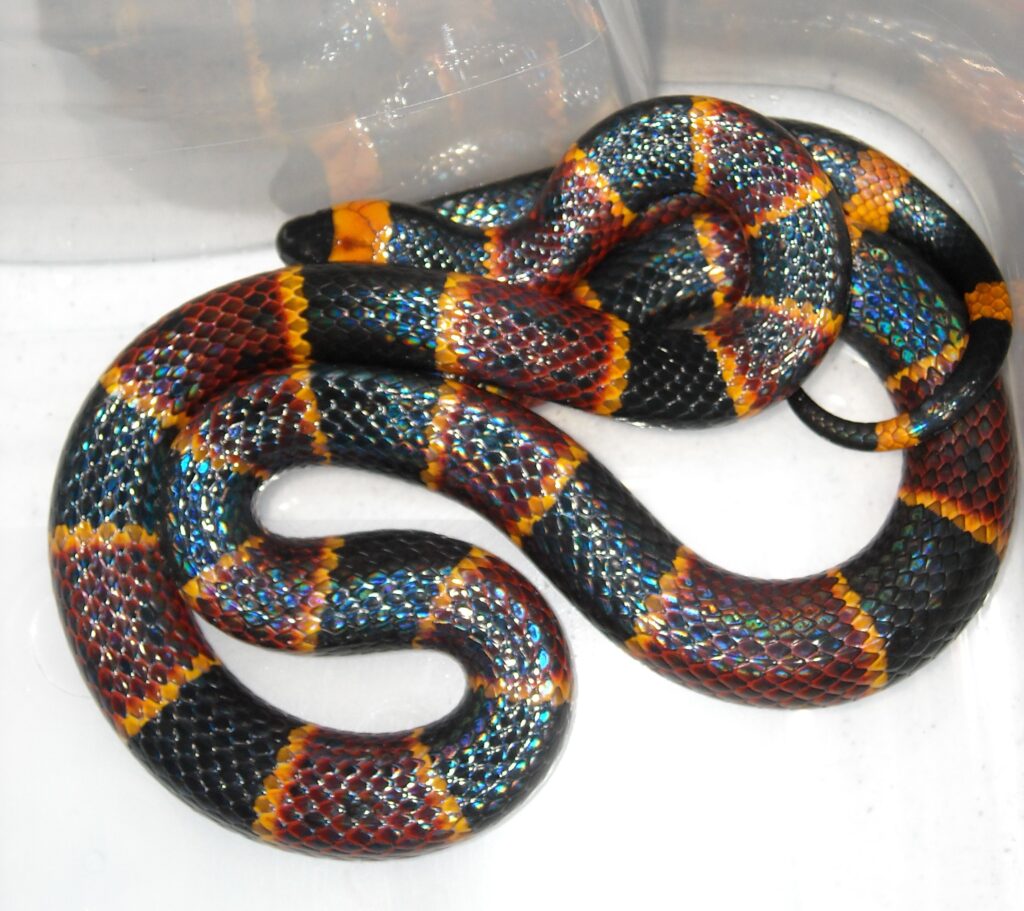
Even well-designed bioactive systems occasionally encounter challenges that require intervention. Excessive mold growth beyond what your cleanup crew can manage typically indicates over-saturation or poor ventilation—reduce misting frequency and consider adding additional ventilation points to increase air circulation. Plant die-off may result from insufficient light, improper species selection, or snake damage—replace with more suitable species or protect plant bases with decorative stones. If the cleanup crew populations crash suddenly, investigate potential contaminants like soap residue from hands or cleaning products that may have entered the system. Scale rot or respiratory issues in your snake often signal consistently wet substrate or stagnant air conditions requiring immediate drainage improvements. Pest outbreaks like fungus gnats or unwanted mites can be addressed through biological control methods, such as predatory nematodes or strategic cleanup crew species that feed on these pests. Most issues in bioactive systems stem from imbalances that can be corrected by understanding the interconnected nature of the vivarium’s biological components.
Benefits for Snake Health and Natural Behaviors
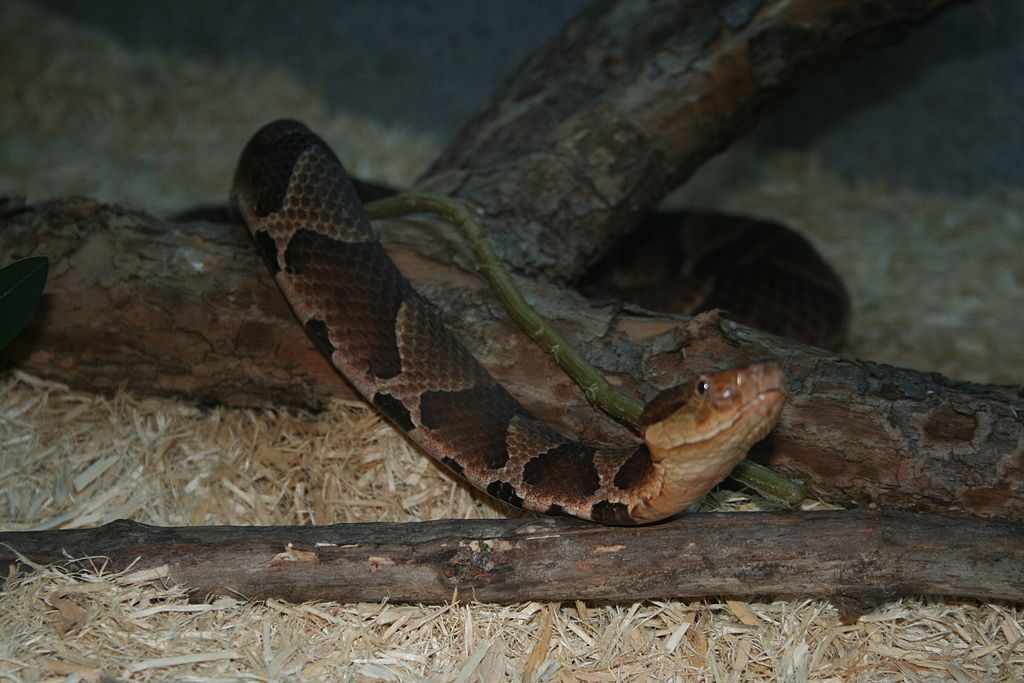
Beyond their aesthetic appeal, bioactive vivariums offer substantial health and behavioral benefits for tropical snakes. The natural humidity cycles created by living plants and microbial activity support proper shedding, reducing the risk of retained eye caps and incomplete sheds common in artificially maintained enclosures. Beneficial soil microbes help prevent harmful bacterial colonization on the snake’s skin and in its environment, potentially reducing disease susceptibility. Psychologically, the complex environment with varying textures, heights, and hiding opportunities stimulates natural behaviors like exploration, climbing, and hunting that may be suppressed in simpler setups. Many keepers report more natural feeding responses in bioactive systems where snakes can utilize stealth and ambush techniques as they would in the wild. The enriched sensory environment—with natural scents from plants and soil, varied visual stimuli, and multiple tactile experiences—promotes reduced stress levels that contribute to stronger immune function, better appetite, and more regular activity patterns that closely resemble those observed in wild counterparts.
Creating a bioactive vivarium for tropical snakes represents the intersection of art, science, and animal husbandry. While it requires more initial investment in time and materials than traditional setups, the rewards include reduced long-term maintenance, healthier animals displaying more natural behaviors, and a visually stunning piece of living decor in your home. By carefully recreating the elements of your snake’s natural habitat—from the microscopic soil dwellers to the towering plants—you provide an environment where it can truly thrive rather than merely survive. As your vivarium matures over months and years, you’ll witness the beauty of natural processes unfolding and gain insights into the fascinating ecological relationships that support life in tropical forests around the world. Your bioactive vivarium becomes not just a home for your snake, but a window into the complex and beautiful world these remarkable reptiles have evolved to inhabit.




